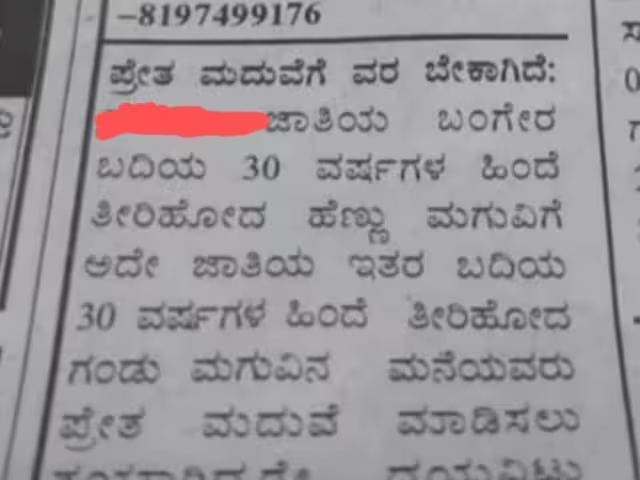Tamil Nadu: 20 Nilgiri hours to be radio-collared by the forest department; April census
Permission has been granted to the state forest department to seize 20 Nilgiri tahrs, the state animal, for the purpose of radio-collaring and collecting samples to determine the cause of huge lymph nodes in some of them.

According to Chief Wildlife Warden Srinivas R Reddy, TNIE, the sanction has been granted by the federal government. “The authorization to record 20 hours is valid for the duration of the five-year project. We are in the process of obtaining radio collars at this time. Initially, we may radio-collar around six animals.
In the meanwhile, the third week of April is set aside for the first-ever synchronized census of Nilgiri tahrs in Tamil Nadu and Kerala. A population estimate is now being conducted in the scattered woodland regions where tahr have been seen in the past.
Chief Minister MK Stalin started the Nilgiri Tahr Conservation Project last year in an effort to save the threatened species. According to the most recent assessment conducted by WWF India, Tamil Nadu and Kerala still have 3,122 Nilgiri tahrs living in the wild. There are 123 habitat fragments with the known presence of Nilgiri tahrs, covering an area of 798.6 sq. km.
Of these, twenty have fragmented into areas where the Nilgiri tahr is locally extinct. The whole range of the species is separated into five conservation blocks: Nilgiri Hills; Siruvani Hills; The High Ranges and Palani Hills; Srivilliputhur, Theni Hills and Tirunelveli Hills; KMTR and Ashambu Hill. These divisions are based on the most recent data on species distribution and connectivity.
“Aims are being made to start the synchronized census around April 15 and finish the population estimate in all 123 fragmented habitats by the first week of April. Teams must navigate the hazardous terrain, making it an arduous undertaking. Project director M Ganesan told TNIE, “We have completed the task in the Anamalai tiger reserve. Next will be Srivilliputhur-Megamalai, followed by Kalakad Mundanthurai and Mudumalai tiger reserves.”
According to Ganesan, radio-collaring was intended to catch two animals in each of the tiger reserves of Anamalai and Mudumalai—two in good health and two with deformities (lymph nodes). “We’ll gather samples and radio-collar them. This would provide a ton of data.
A study report evaluating the frequency of gastrointestinal endoparasites in Nilgiri tahrs was given by WWF India scientist A Predit at the Advanced Institute for Wildlife Conservation’s third annual research conference. Based on an initial field examination, it is believed that the lumps may be parasite cysts of a taenia worm species. In order to narrow down the diagnosis, it recommends capture, clinical sample collection, and evaluation.







